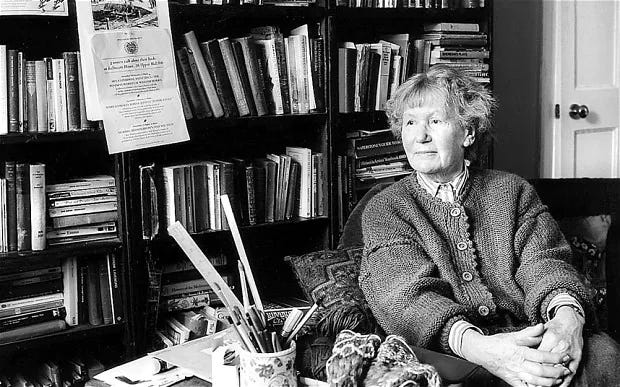Peaceful nuclear explosion
Peaceful nuclear explosions (PNEs) are nuclear explosions conducted for non-military purposes. Proposed uses include excavation for the building of canals and harbours, electrical generation, the use of nuclear explosions to drive spacecraft, and as a form of wide-area fracking. PNEs were an area of some research from the late 1950s into the 1980s, primarily in the United States and Soviet Union.
In the U.S., a series of tests were carried out under Project Plowshare. Some of the ideas considered included blasting a new Panama Canal, the use of underground explosions to create electricity,[citation needed ] and a variety of geological studies. The largest of the excavation tests was carried out in the Sedan nuclear test in 1962, which released large amounts of radioactive gas into the air. By the late 1960s, public opposition to Plowshare was increasing, and a 1970s study of the economics of the concepts suggested they had no practical use. Plowshare saw decreasing interest from the 1960s, and was officially cancelled in 1977.
The Soviet program started a few years after the U.S. efforts and explored many of the same concepts under their Nuclear Explosions for the National Economy program. The program was more extensive, eventually conducting 239 nuclear explosions. Some of these tests also released radioactivity, including a significant release of plutonium into the groundwater and the polluting of an area near the Volga River. A major part of the program in the 1970s and 80s was the use of very small bombs to produce shock waves as a seismic measuring tool, and as part of these experiments, two bombs were successfully used to seal blown-out oil wells. The program officially ended in 1988.
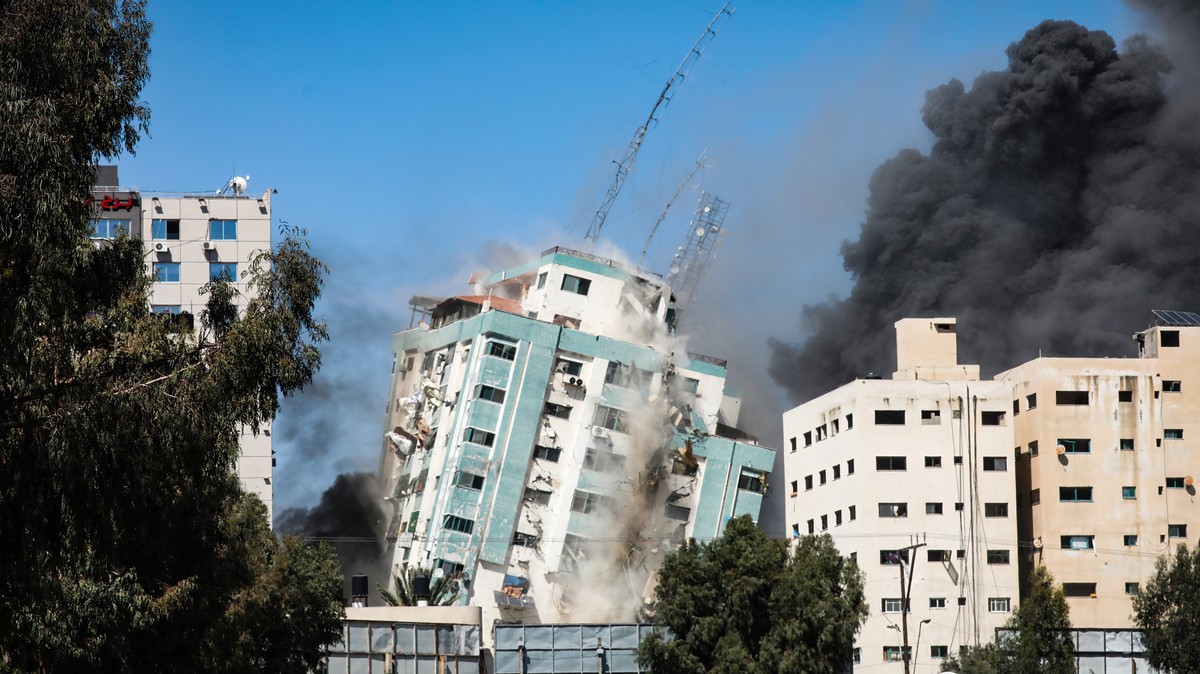

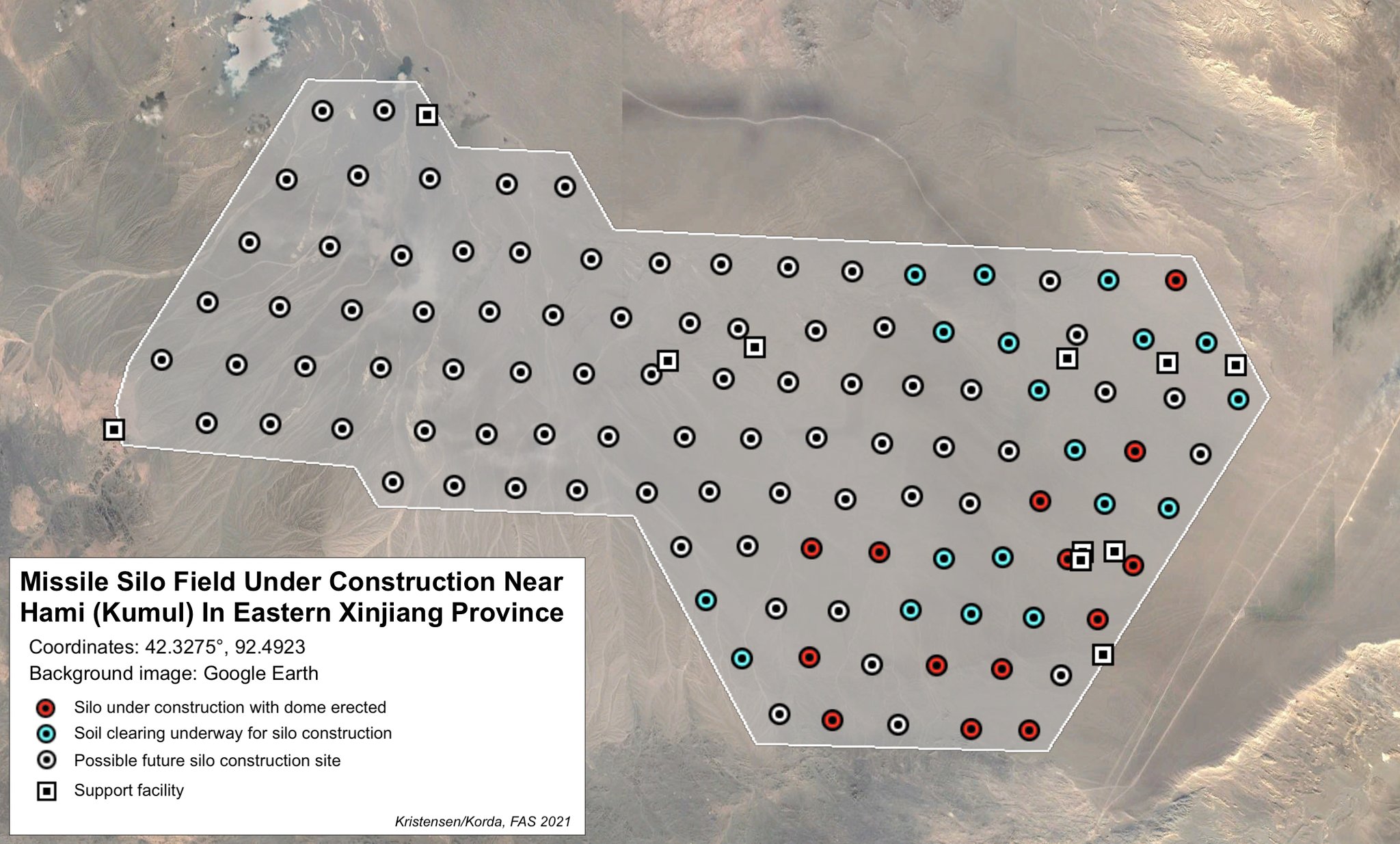
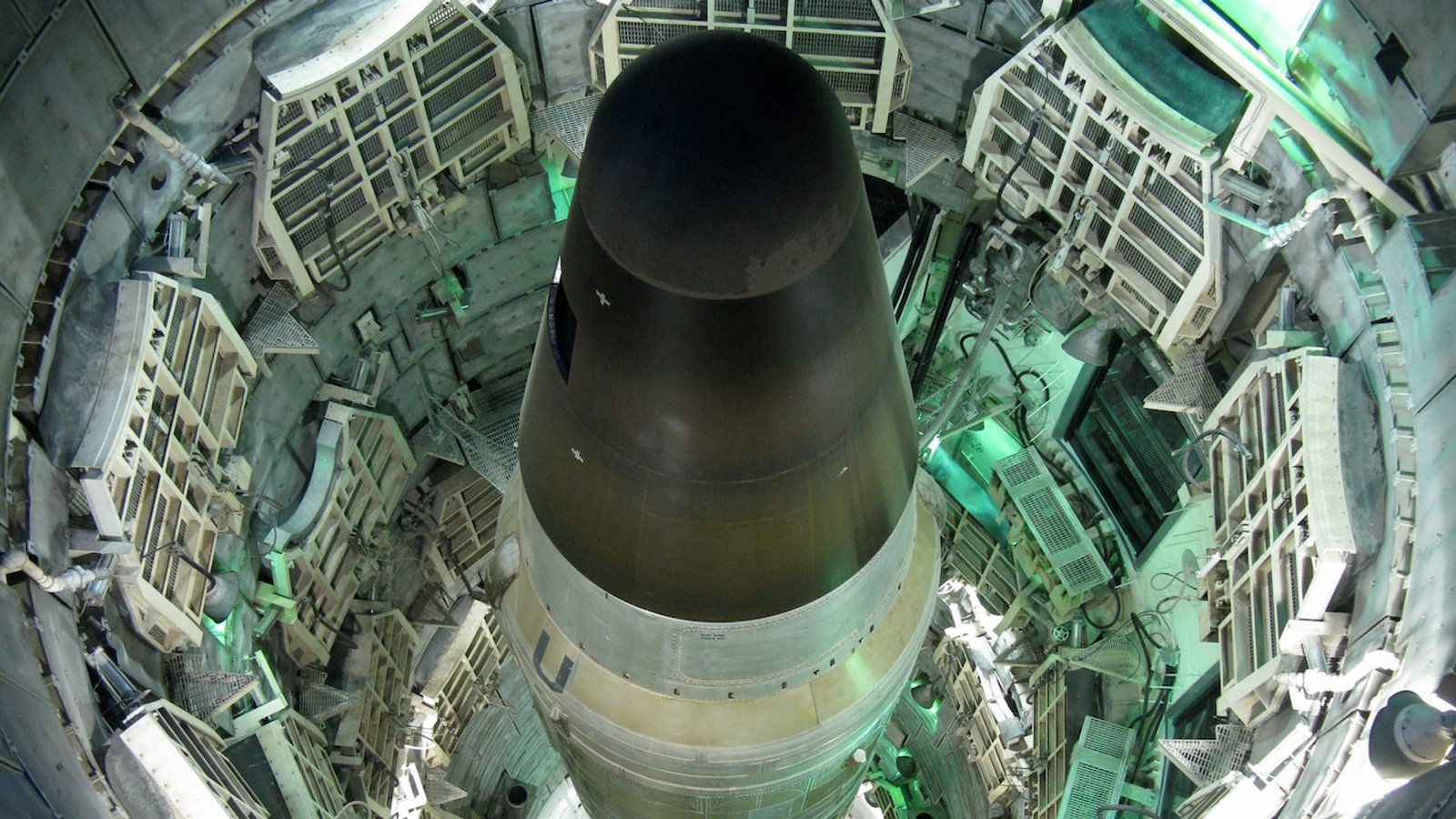




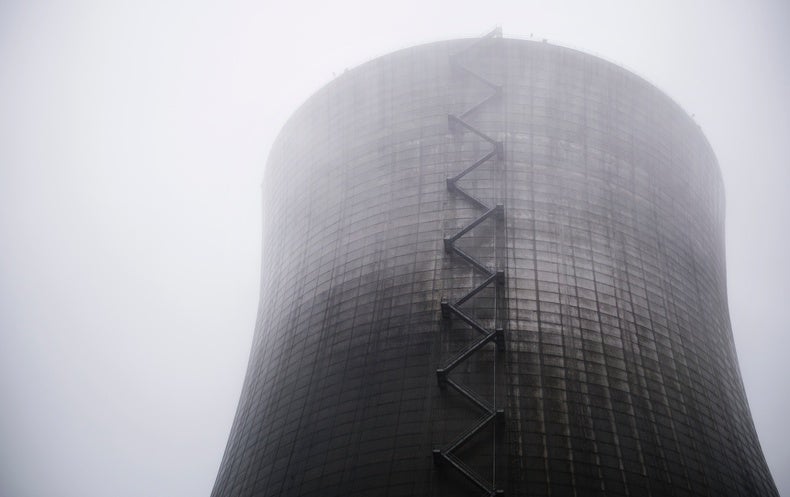
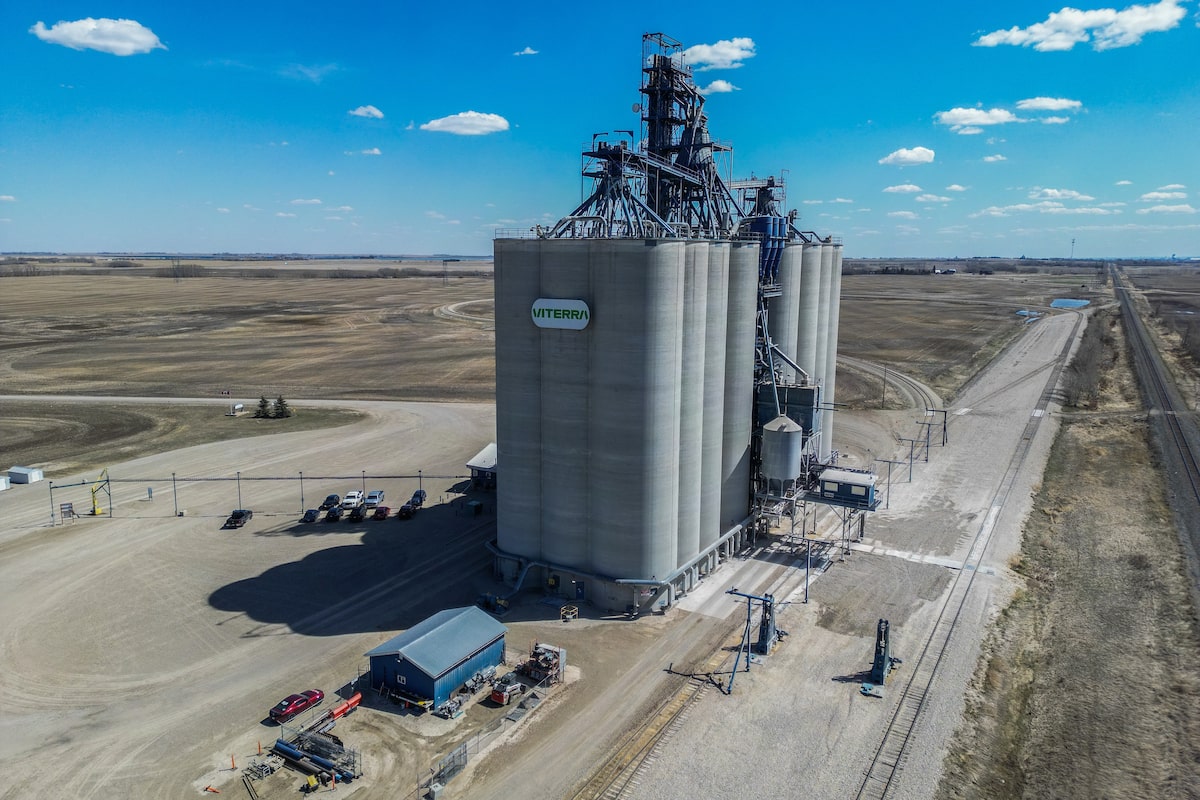

/cloudfront-us-east-1.images.arcpublishing.com/pmn/2OMDYOYIKRDYJOSDNJCST4GN34.jpg)









